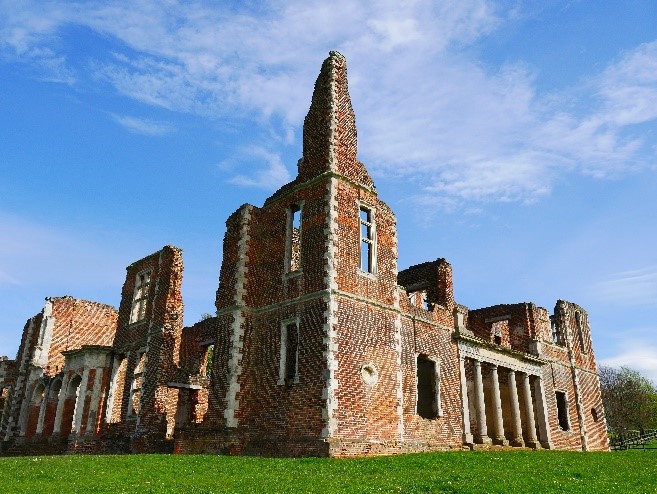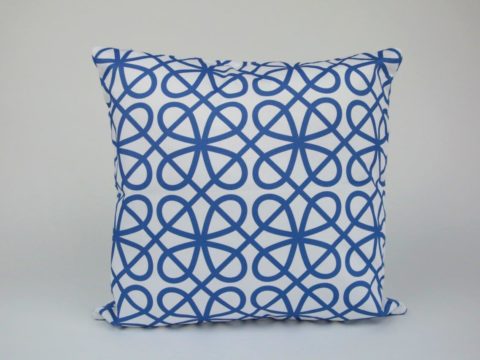Houghton House
Chapter 2 : History
Building at Houghton began in 1615, for Lady Mary Herbert (neé Sidney), Countess of Pembroke (1561 – 1621).
Lady Pembroke was the daughter of Lady Mary Dudley and Sir Henry Sidney. She was thus the grand-daughter of the Duke of Northumberland who sought to prevent the accession of Mary I, and niece of Lord Robert Dudley, Queen Elizabeth I’s favourite. Her other uncle, Lord Guilford Dudley, was the husband of Lady Jane Grey. Sir Henry Sidney, was Lord Lieutenant of Ireland, and President of the Council of Wales and the Marches under Elizabeth. Lady Pembroke’s brother, Sir Philip Sidney, was the great Elizabethan soldier-hero, who took Lady Penelope Devereux as his muse.
Lady Pembroke was herself an extremely talented poet, translator and patron of all forms of literature. Whilst a gentlewoman of Queen Elizabeth’s Privy Chamber, she translated Petrarch, and also the Psalms, completing works begun by her brother.
She married Henry Herbert, 2nd Earl of Pembroke in 1577, when she was fifteen and he was around thirty-eight. In his youth, Henry had been married to Lady Katherine Grey, but the marriage was annulled. She and Pembroke made his home at Wilton into a haven for poets and playwrights, many of whom dedicated work to her. She was widowed in 1600, but continued to entertain, and was a favourite with King James, who visited her at Wilton, not long after his accession in 1603. The King’s Men, including Shakespeare, performed ‘As You Like It’ as part of the entertainment.

King James granted the land to Lady Pembroke and visited her there in 1621, following completion of the House, which was built as a hunting lodge and pleasure palace. The architect was probably John Thorpe, although Inigo Jones may have had some involvement.
Two years after Lady Pembroke’s death in 1621, Houghton House was granted by James to Thomas Bruce, 1st Earl of Elgin. In 1738, Elgin’s descendent, the Jacobite 2nd Earl of Ailesbury (1656 – 1641) sold it to William Russell, 4th Duke of Bedford. By 1794, the Duke wished to rent the hunting park separately from the house. For some obscure reason, the law forbad letting a park separately from the house so, to get round this, the Duke had the house made unfit for habitation by removing the roof and stripping out the interior.
The park and ruins of the House were acquired by the Earl of Upper Ossory in 1804 and landscaped by Capability Brown.









